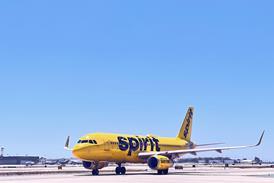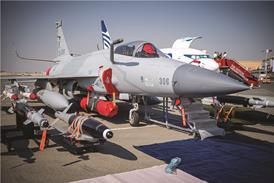Sensis Corporation is working with the New York State Energy Research and Development Authority on a million dollar project to develop a departure manager designed to supply controllers and ramp managers with a tool to automate departure sequencing.
Currently US airports operate under a "first-come, first-served" departure sequence, says Sensis. The local controller awards clearance in the order of departure requests made by pilots, which adds extra time to accommodate safety and airspace constraints.
"Consequently, departure queues form at the ends of runways and other points on the airport service as aircraft await clearance to depart, causing aircraft to burn more fuel and emit more greenhouse gases," Sensis explains.
The departure manager in development by Sensis calculates the preferred pushback time for each aircraft to create an optimal departure sequence to minimise excess taxi time and aircraft queues on departure runways. The tool considers numerous constraints and factors affecting departure sequence including flight departure time, traffic flow constraints, wake vortex spacing rules and current airport configuration.
"As a result, the departure manager will maximise runway utilisation by using all available runway departure slots while reducing queue delays and taxi times," says Sensis.
The company is targeting a 10% improvement in runway throughput and taxi time reductions of minute per aircraft with the departure manager.
Source: Air Transport Intelligence news























